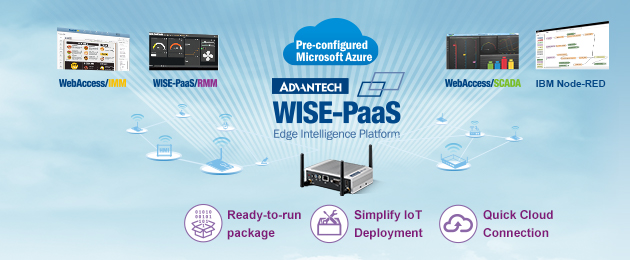|
Computer networks play a pivotal role in today's interconnected world. They have revolutionized the way we communicate, access information, and conduct business. With the exponential growth of the internet and the increasing reliance on digital technologies, understanding computer networks is essential for anyone involved in the field of technology. A computer network is an interconnected system that allows computers to exchange data and resources. It enables users to share files, access remote services, and communicate with each other. Networks can be classified based on their geographical scope, such as Local Area Networks (LANs), Wide Area Networks (WANs), and Metropolitan Area Networks (MANs). LANs cover a small area like a home, office, or building, while WANs span large geographical distances, often connecting multiple cities or even countries. MANs fall in between, with coverage over a larger area like a campus or a city. The fundamental building block of a computer network is the transmission medium, which can be wired or wireless. Wired media include copper cables (such as Ethernet cables) and fiber optic cables, whereas wireless media utilize radio waves or infrared signals. Data is transmitted in the form of binary code, consisting of 0s and 1s, using protocols that govern how information is packaged, transmitted, and received. Network devices, such as routers, switches, and modems, are responsible for ensuring data reaches its intended destination efficiently. Routers analyze network addresses and determine the best path for data packets to travel, while switches connect devices within a network and facilitate communication. Modems, short for modulator-demodulator, convert digital signals from computers into analog signals that can be transmitted over traditional telephone lines. Protocols, like the Transmission Control Protocol/Internet Protocol (TCP/IP), define rules and standards for data transmission across networks. TCP/IP is the foundation of the internet and enables seamless communication between different devices and networks worldwide. Other popular protocols include the Hypertext Transfer Protocol (HTTP) for web browsing, the Simple Mail Transfer Protocol (SMTP) for email, and the File Transfer Protocol (FTP) for file sharing. Securing computer networks is of paramount importance to protect sensitive information from unauthorized access and malicious attacks. Network security measures include firewalls, encryption techniques, virtual private networks (VPNs), and intrusion detection systems. Constant monitoring and timely updates are necessary to stay ahead of evolving cybersecurity threats. In conclusion, computer networks are the backbone of modern communication and information exchange. They facilitate seamless connectivity and enable individuals, businesses, and governments to collaborate, innovate, and thrive in the digital age. Understanding how computer networks function and the technologies involved is essential for anyone venturing into the realm of technology.  |
